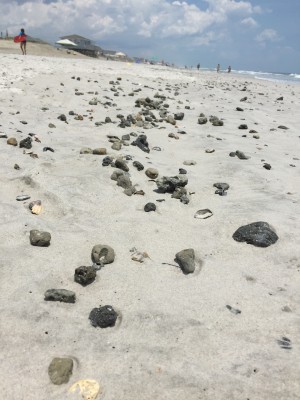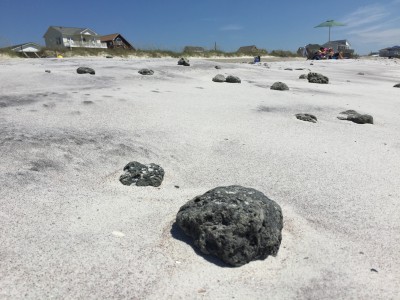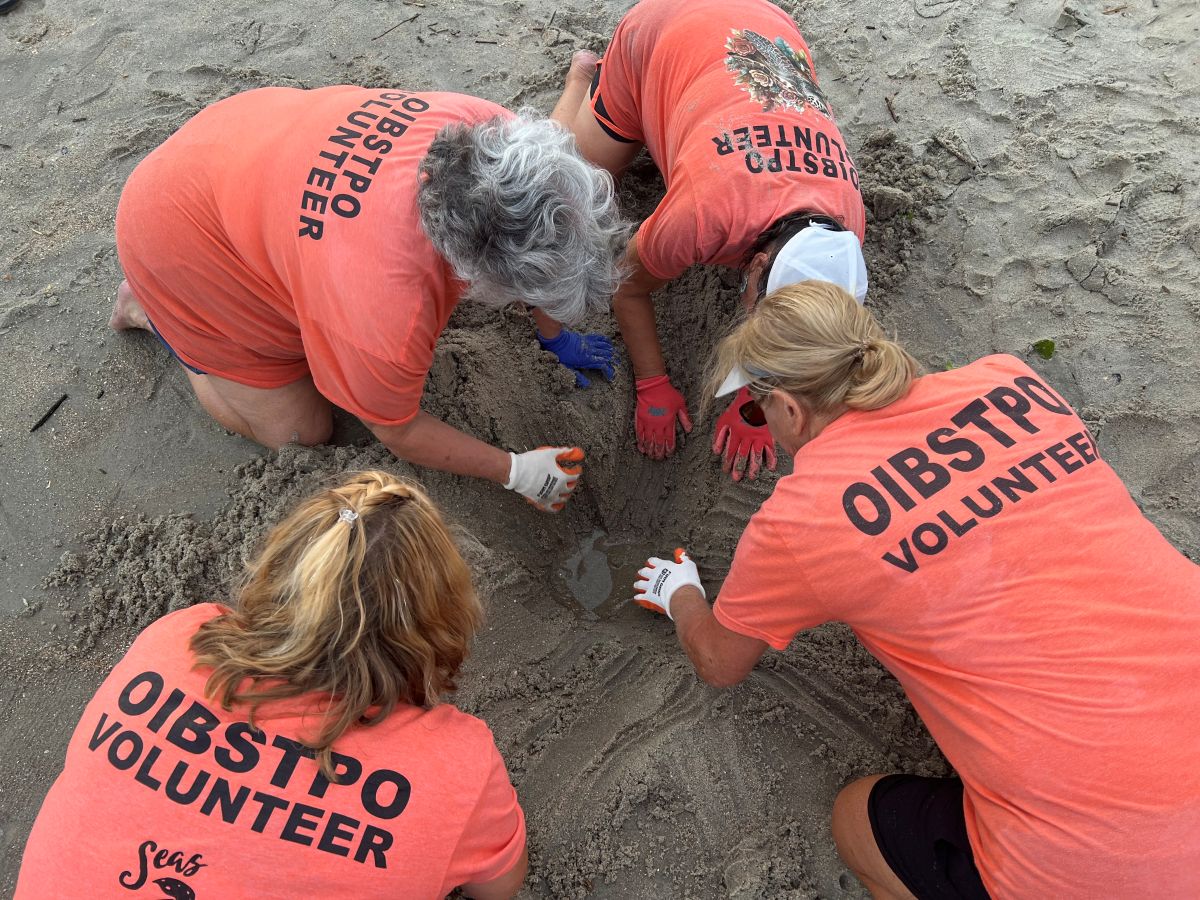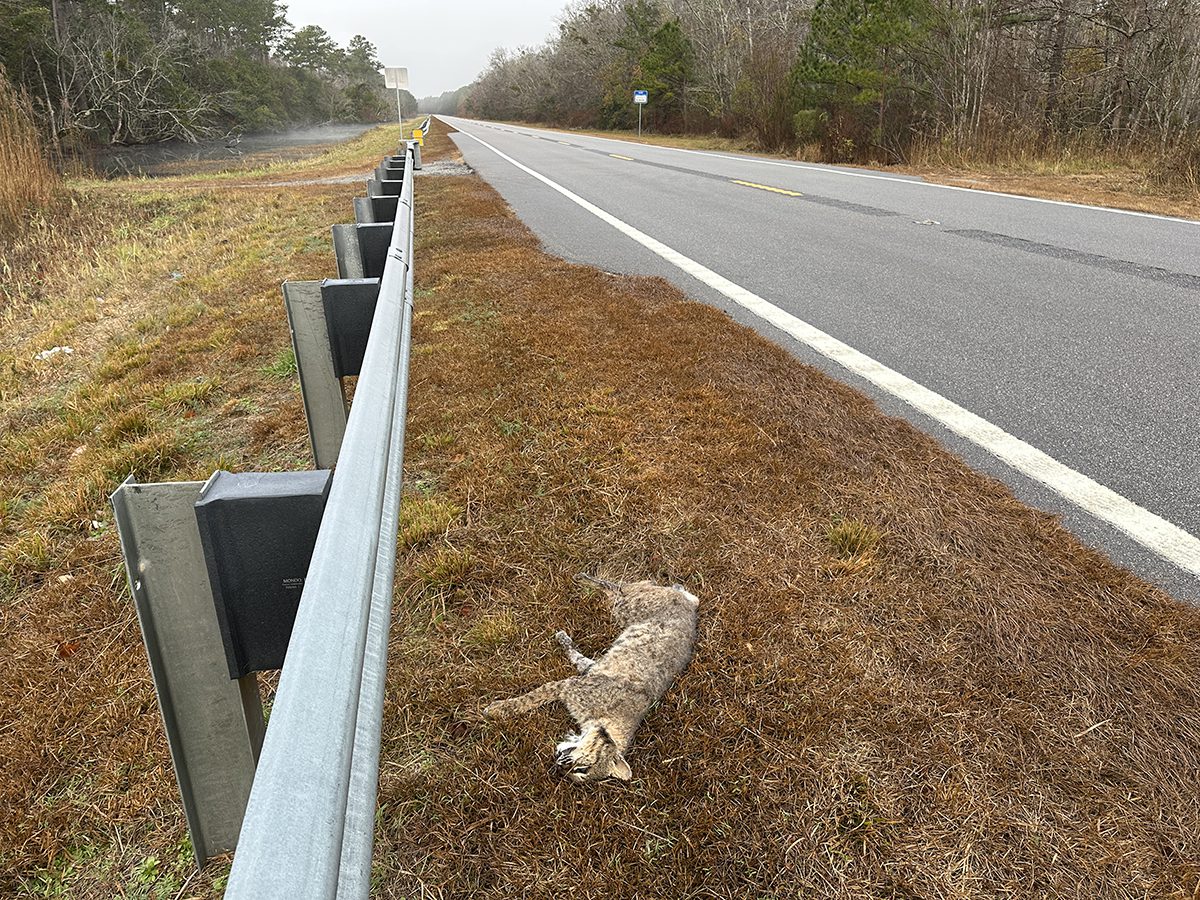NORTH TOPSAIL BEACH – David and Cindy Justice were apprehensive when they visited here in early June while scouting out beaches to spend their summer vacation.
The large black dredge pipe stretching as far as the eye could see on the beach at the southern end of town was an eyesore. Despite their concerns, the Raleigh couple planned a weeklong vacation here – their first on Topsail Island.
Supporter Spotlight

“We said we’ll book it and see what happens,” David Justice said.
Lounging underneath the shade of an umbrella facing the bluish-green ocean lapping onto shore on a late July afternoon, the Justices agreed they made the right choice.
“When we got here earlier this week there was a lot more sand than when we were here in June,” David Justice said. “Even in June it looked at high tide like we would be against the dunes. You can definitely tell there’s been some work done.”
About a month before the couple’s visit North Topsail Beach’s beach-renourishment project had wrapped up following months of equipment and weather delays.
Now about three and a half miles of the town’s southernmost ocean shoreline is wider, has a beefed-up dune line and, along a portion of the freshly renourished area, rocks.
Supporter Spotlight
Blackish gray and varying from smaller pebbles to cantaloupe-size, rocks litter a long stretch of the southern-end beach, leaving a distinctive line at tide’s end on the shore. It wasn’t until about two months after the project began Dec. 18 that a winter storm blew ashore uncovering tons of rocks that had inadvertently been pumped onto the beach.
Samples from and surveys of the offshore borrow site for the town’s renourishment project didn’t indicate such a concentrated amount of rock within the area, project engineers said. But Onslow Bay has an abundance of rock bottom, a fact well known by coastal geologists familiar with the area and also acknowledged by the project’s engineers.
The material deposited onto North Topsail’s southern shore does not meet the state’s “sediment criteria standards,” according to the coastal experts who created the rules. Rather than stop the $16.8 million project, officials with the N.C. Division of Coastal Management, or DCM, allowed pumping to continue. As long as the town made efforts to lessen the amount of rock being pumped ashore and remove larger rocks from the beach, state and federal regulatory agencies agreed to allow the project to move forward.
Town officials have vehemently defended the project.
In a letter responding to a Coastal Review Online article exploring why the project was allowed to continue, North Topsail Beach Mayor Dan Tuman wrote:
“While critics stand by and point fingers, the Town, its contractors, and regulatory agencies have worked tirelessly to resolve an unexpected problem so that the beach at North Topsail Beach can be restored. There are still some parts of the beach that have higher concentrations of rock than both the Town and Agencies would prefer. That is why the Town’s number one priority is to remove rock from the beach as soon as possible.”
Tuman nor North Topsail Beach Town Manager Stuart Turille responded to requests for comment.
In April, regulatory agencies granted the town a permit extension to pump past the original April 30 deadline through June 30, well into sea turtle nesting season. DCM, the Army Corps of Engineers, the Fish & Wildlife Service and the N.C. Wildlife Resources Commission monitored the project.
“There was quite a bit of coordination between DCM and the Corps to ensure that any (turtle) nests were documented,” said Jason Dail, a coastal management field officer. “They were monitored on a daily basis. The profile of the beach seems to be consistent as permitted. The work that they have done to date has helped out tremendously.”
Corps officials have discussed with the town a long-term remediation plan, said Mickey Sugg, project manager in the Corps’ Wilmington district office.
“It’s not really a defined monitoring plan,” he said. “It’s more reassessing the site months down the road to see if rocks are surfacing again. We can’t say at this point in time that there won’t be a problem.”
Regulatory agency officials, at the advice of wildlife officials, are waiting until turtle nesting season ends in mid-November to decide whether the town needs to remove more rocks.
“It’s one of those things where to do that work during nesting season would do more harm than good,” Dail said.

Further rock-remediation measures could take place sooner if a weather event such as a tropical storm or hurricane unearths more rocks.
Meanwhile, Sugg and Dail said it’s too soon to tell if the town will be allowed to tap the same offshore borrow site for future renourishment projects.
“We haven’t crossed that path at this point in time,” Sugg said. “If the town comes to us and wants to implement one of the phases in the future and wants to continue to use the existing borrow site, absolutely we would look at that a little differently.”
Norfolk Dredging Co. pumped from an area about a half-mile off the beach from a site spanning nearly 700 acres.
“We are going to have to do additional sediment sampling,” Dail said. “We’re just going to have to evaluate it as the requests come in for phases two, three and four.”
Agency officials could decide to invalidate the entire borrow site.
For now, it’s the wider beach, not rocks, that tourists most notice, said Bruce Smith, manager of Surf City Family Campground, a small, oceanfront campground at the southern tip of the project near Surf City’s town limit.
“Overall I think for the town it’s going to be great because it does help the beach,” Smith said. “It’s not the standard beach sand that we were accustomed to, but it’s a lot wider, nicer. What originally was there was grainy beach sand, but this is more of a powdery sand. I don’t have a problem with it. There’s a lot more room out there. How long it stays, lord only knows.”
Smith said there are “a right good many rocks” on the beach in front of the campground.
“They’re just small rocks. I’ve had no complaints. That sand packs hard anyway,” he said.
Ronnie Taylor of Cary said he noticed the rocks when he first stepped on the beach.
“I said, ‘I’ve never seen so many of these little lava rocks,’ but they’re not that big a deal. I think the sand feels nice,” Taylor said.
Cindy Justice shared Taylor’s sentiments.
“It’s no big deal,” she said. “It’s like stepping on shells.”







